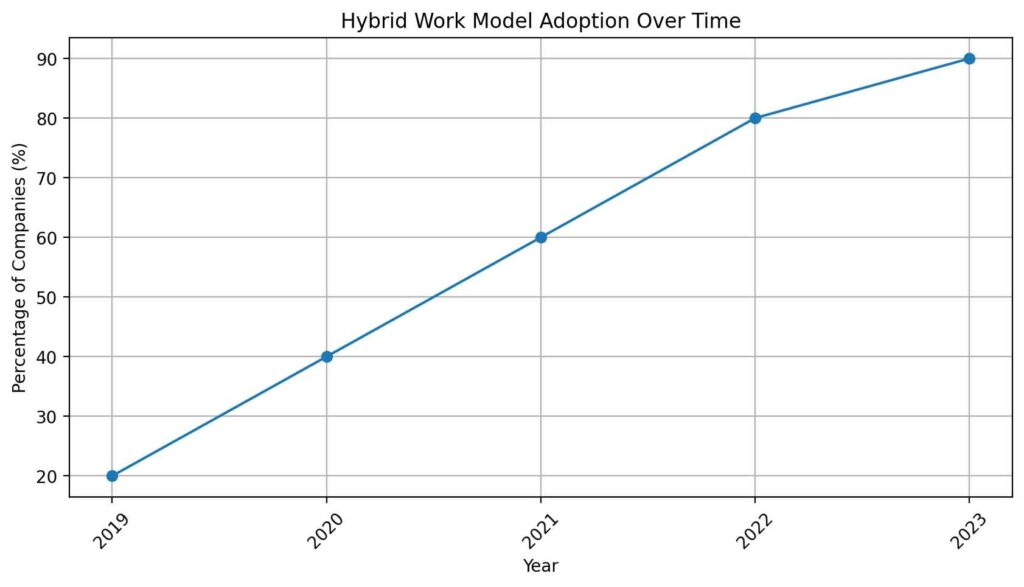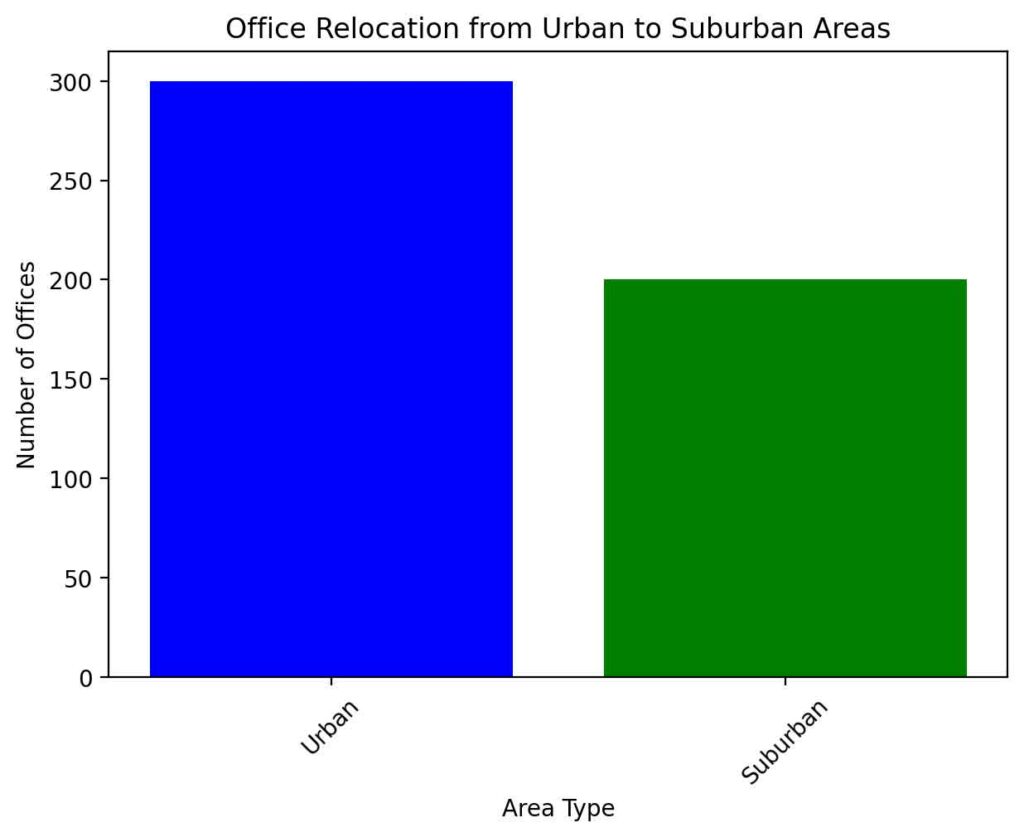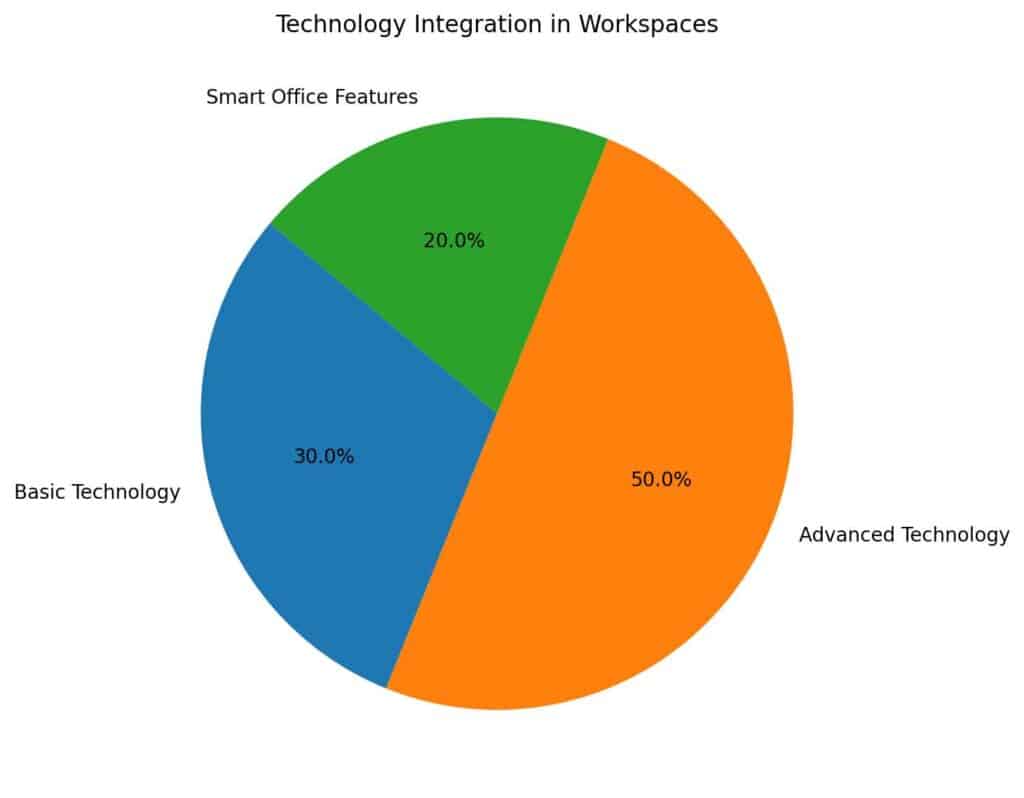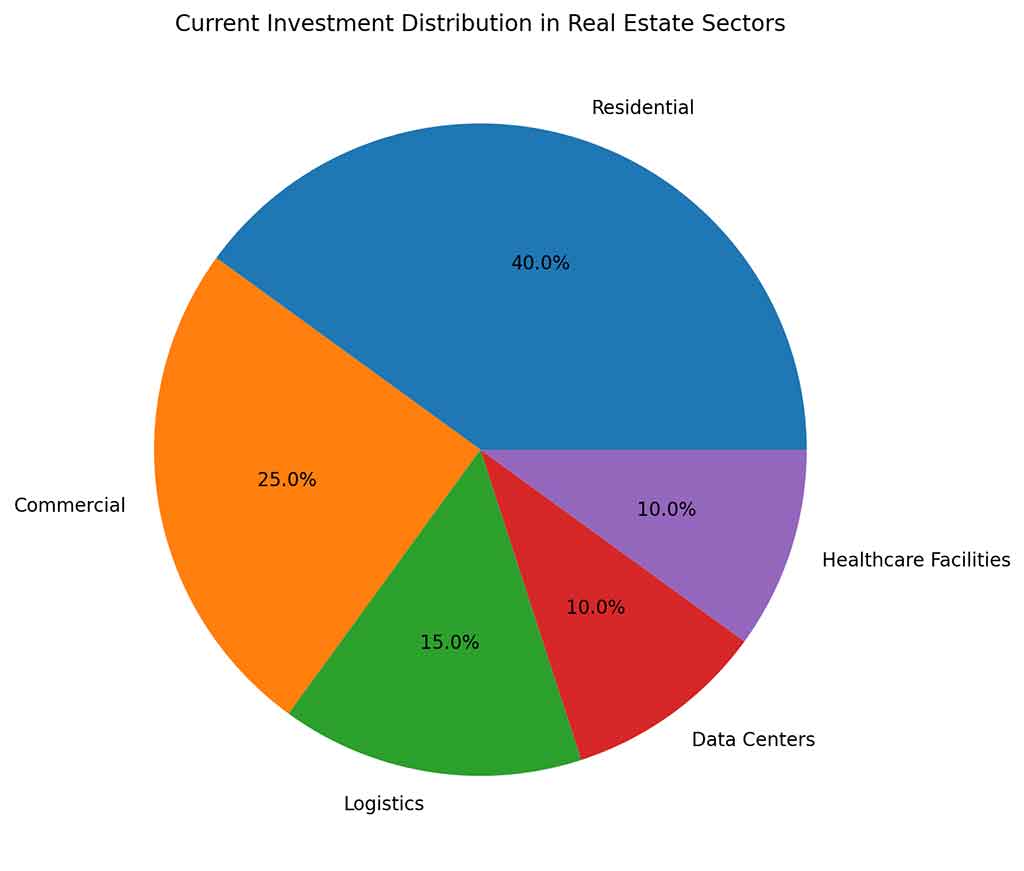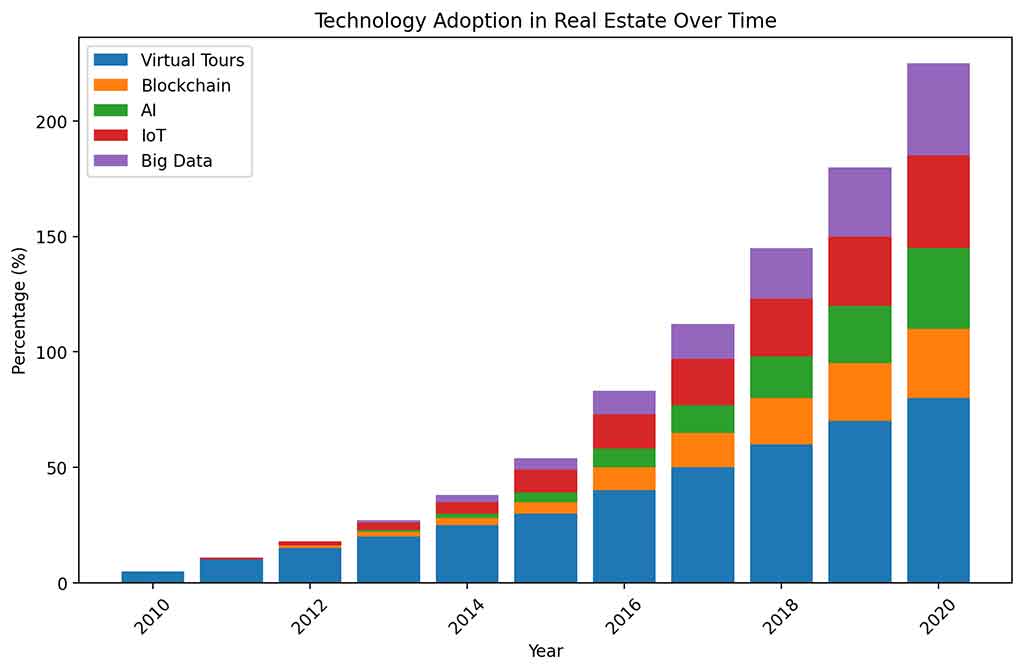Essential Strategies for an Effective Real Estate Listing Presentation
In the competitive world of real estate, delivering an impactful listing presentation is crucial for agents looking to enhance their client acquisition rate. A well-crafted presentation helps reduce the number of pitches needed and fosters client loyalty through referrals and repeat business.
Understanding the Listing Presentation
A listing presentation is a sales pitch by real estate agents to potential sellers. It’s a golden opportunity to make a solid first impression and establish why you are the ideal choice for selling their property. A powerful presentation is instrumental in determining the success trajectory of your real estate endeavors.
Crafting a Winning Real Estate Listing Presentation
The presentation is a two-way street, starting with introductory elements and moving towards more detailed aspects. Here are some key components to include:
- Introduction: Begin by showcasing your personality, achievements, and unique skills. This is your chance to connect personally with your audience and demonstrate how you can assist them in achieving their real estate goals.
- Agenda Overview: People appreciate a clear structure. Outline what you plan to cover in the presentation, allowing the audience to save their queries for the relevant sections.
- Pricing Strategy: Present a preliminary listing price range early in the meeting. This addresses one of the most critical concerns of potential clients immediately.
- Market Analysis and Valuation: Use this segment to provide context and justification for your pricing strategy, backed by a comparative market analysis.
- Marketing Plan Visualization: Showcase how your marketing strategies outshine competitors. Highlight your promotional avenues and tools, like 3D tours, which have been proven to accelerate sales and fetch better prices.
- Brokerage Benefits: Detail your successes in the past year, including challenging deals and how you navigated them. Incorporate testimonials to add credibility.
- Seller Participation: Discuss the role and responsibilities of the sellers and offer them both conventional and innovative suggestions to prepare their property for sale.
- Selling Process Overview: Give a clear picture of the selling process with you as their agent, setting realistic expectations.
- Q&A Session: Encourage questions addressing unclear aspects, showing you value their concerns and input.
Building and Delivering Your Presentation
Aim for a concise yet comprehensive presentation using a mix of slides, videos, and physical takeaways. Tailor your presentation to the audience and keep it engaging. Use visual assets like digital twins, HDR photos, and 3D walkthroughs to make the property stand out. Ensure all market data is current and relevant.
Practicing and Perfecting Your Pitch
Practice is critical to a flawless delivery. Avoid reading directly from your script; use bullet points as a guide. Pay attention to audience cues and be ready to adapt your presentation accordingly.
Closing the Presentation
Conclude by reiterating your value proposition and addressing any objections with relevant parts of your presentation. Follow up diligently and respect their decision, especially if they are already contracted with another agent.
Leveraging Technology in Real Estate
Embrace technological advancements like 3D tours to make your listings stand out. This showcases your adaptability and appeals to tech-savvy buyers and sellers.
Conclusion
You can win more listings, earn repeat business, and generate referrals by refining your listing presentation. A compelling presentation reduces the need for numerous initial meetings and positions you as the preferred agent for potential sellers.
When you nail that listing, like we know you’ll do. Contact RCRdigital to help you create a listing like no other!
Essential Strategies for an Effective Real Estate Listing Presentation Read More »



